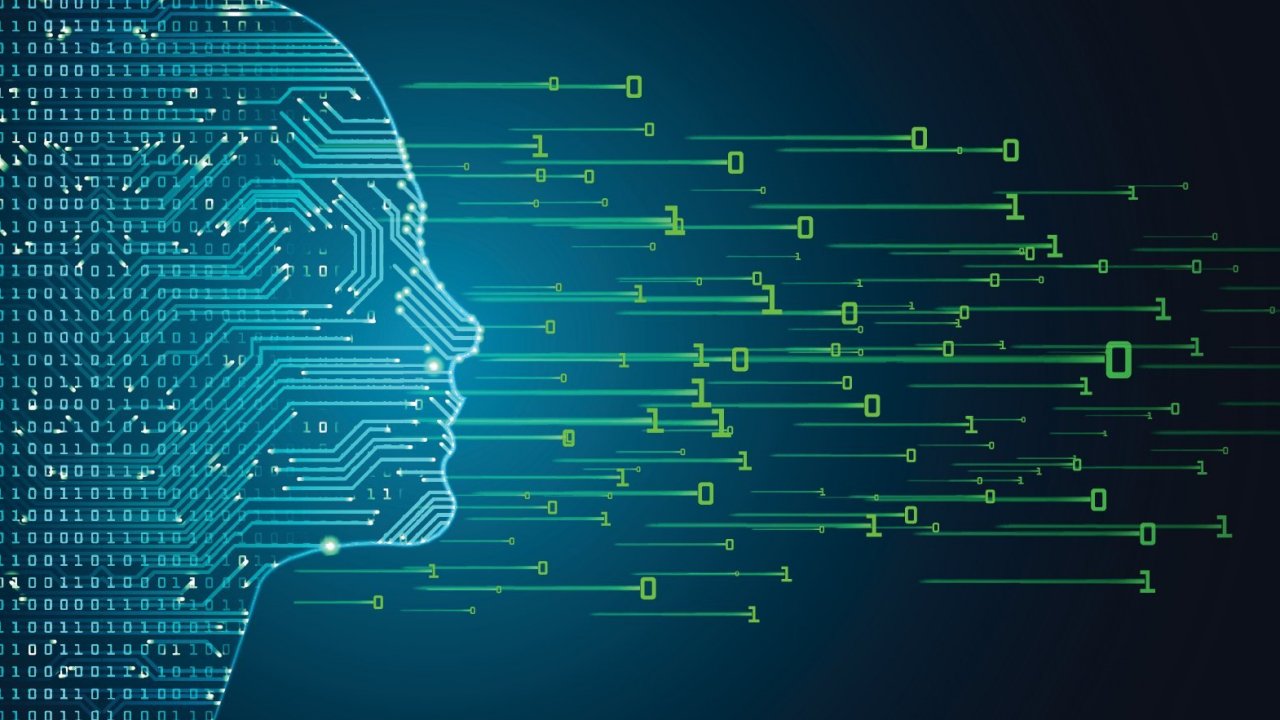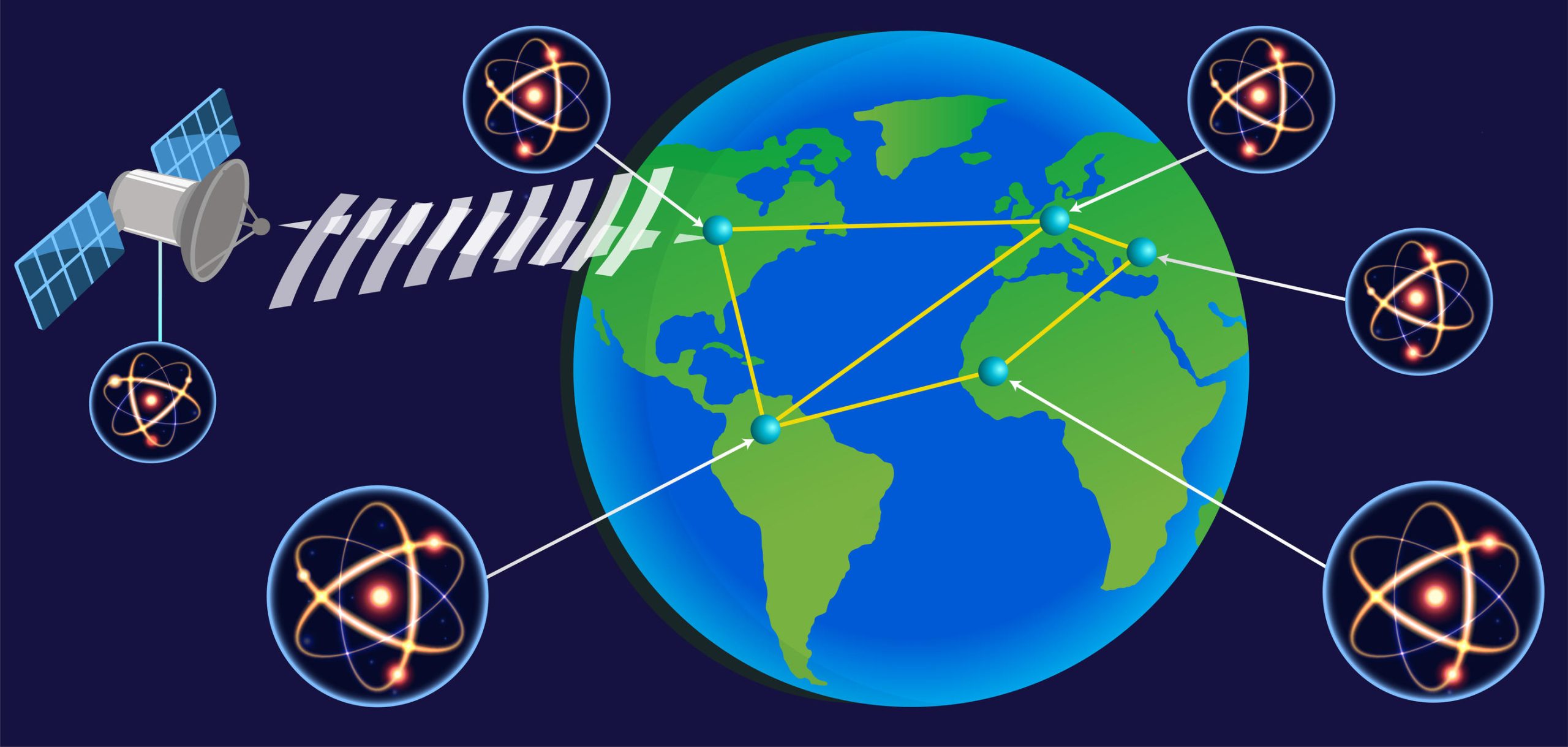justineanweiler.com – Computer science is the study of computation, algorithms, and information systems. It is the foundation of modern technology, influencing everything from software development to artificial intelligence (AI) and data science. If you’re new to the field or looking to strengthen your understanding, it’s essential to grasp the fundamental concepts that underlie all areas of computer science. This article will explore these key concepts, providing a roadmap for anyone interested in understanding the basics of computer science.
1. Algorithms
At the heart of computer science lies the concept of an algorithm. An algorithm is a step-by-step procedure or formula for solving a problem. In computing, algorithms are used to process data, perform calculations, and automate reasoning tasks. The efficiency of an algorithm—how quickly and with what resources it solves a problem—is a crucial area of study.
Key Concepts:
- Time Complexity: How the time to complete an algorithm grows with the size of the input.
- Space Complexity: How the amount of memory used by an algorithm grows with the size of the input.
- Big O Notation: A mathematical notation used to describe the upper bound of an algorithm’s complexity, focusing on its worst-case scenario.
Example:
A common example is sorting algorithms, such as Bubble Sort, Quick Sort, and Merge Sort, each with different time and space complexities. Understanding how to choose the right algorithm for a task is a fundamental skill in computer science.
2. Data Structures
Data structures are ways of organizing and storing data so that it can be accessed and manipulated efficiently. Understanding data structures is crucial because the choice of data structure affects the performance of the algorithms that work on that data.
Common Data Structures:
- Arrays and Lists: Used to store collections of elements in a sequence.
- Stacks and Queues: Used to store and manage data in a last-in-first-out (LIFO) or first-in-first-out (FIFO) manner, respectively.
- Trees: Hierarchical structures, often used in databases and file systems.
- Hash Tables: Used to store key-value pairs for fast lookups.
Example:
When implementing a hash map, a hash table can quickly map a key to its corresponding value, making searching for data significantly faster compared to linear search in an array.
3. Programming Languages
Programming languages are the tools we use to communicate with computers. Each language has its syntax and semantics, and understanding how to use them effectively is key to writing efficient and maintainable code.
Key Types of Programming Languages:
- Low-level languages: These are closer to machine code (e.g., Assembly), and are used for performance-critical applications.
- High-level languages: These are closer to human languages and easier to write and maintain (e.g., Python, Java, C++).
- Functional programming languages: Focus on mathematical functions and immutability (e.g., Haskell, Scala).
- Object-oriented programming languages: Focus on objects and classes to model real-world scenarios (e.g., Java, C#).
Example:
In Python, a simple program to compute the factorial of a number could look like this:
4. Operating Systems
An operating system (OS) is the software that manages computer hardware and software resources and provides common services for computer programs. It serves as an intermediary between users and the computer hardware.
Key Functions of an OS:
- Process Management: The OS manages processes, which are instances of running programs, allocating resources like CPU time.
- Memory Management: The OS manages the computer’s memory, ensuring that programs don’t overwrite each other’s data.
- File System Management: The OS provides a system for storing and retrieving files.
- Input/Output Management: The OS manages input from devices like keyboards and mice, and output to devices like monitors and printers.
Example:
When you run a program on your computer, the OS allocates resources (like CPU time and memory) and schedules when each program will run. The OS ensures that all running applications don’t interfere with each other, providing a smooth user experience.
5. Databases
Databases are organized collections of data that can be accessed, managed, and updated efficiently. Databases form the backbone of many software systems, from web applications to business intelligence tools.
Types of Databases:
- Relational Databases (RDBMS): Use tables to represent data and relationships between data (e.g., MySQL, PostgreSQL, Oracle).
- NoSQL Databases: Provide flexible data models, such as key-value pairs, documents, or graphs (e.g., MongoDB, Cassandra).
- In-memory Databases: Store data in RAM for faster access (e.g., Redis).
Example:
In a relational database, you might store customer data in a table with columns for name, address, and phone number. SQL (Structured Query Language) is used to query and manipulate this data.
6. Networking
Computer networking involves connecting computers and other devices to share resources and information. It’s a critical component of modern technology, enabling everything from web browsing to cloud computing.
Key Concepts:
- Protocols: Rules that define how data is transmitted over a network (e.g., HTTP, TCP/IP).
- IP Addressing: A unique identifier for each device on a network.
- Routing and Switching: Techniques used to determine the optimal path for data to travel across a network.
Example:
When you visit a website, your computer sends an HTTP request to the server hosting the site. This request travels through multiple routers, switching nodes, and networking protocols before reaching the destination.
7. Software Engineering
Software engineering is the application of engineering principles to the design, development, testing, and maintenance of software. It focuses on producing software that is efficient, reliable, and scalable.
Key Phases of Software Development:
- Requirements Gathering: Identifying user needs and defining system requirements.
- Design: Planning the architecture and components of the system.
- Implementation: Writing the actual code.
- Testing: Verifying that the software works as intended.
- Maintenance: Updating and improving software over time.
Example:
When building a web application, a software engineer will write code for both the frontend (user interface) and backend (server-side logic) components, ensuring they work together to deliver a seamless user experience.
8. Theory of Computation
The theory of computation explores the limits of what can be computed and the resources required to do so. It includes the study of formal languages, automata, and computational complexity.
Key Concepts:
- Turing Machines: A theoretical model of computation used to define what it means for a problem to be computable.
- NP-Completeness: A class of problems for which no efficient algorithm is known, but verifying a solution is easy.
Example:
Some problems, like the Traveling Salesman Problem, are NP-complete. Even though we may not have efficient algorithms to solve them, we can quickly verify if a proposed solution is correct.
Conclusion
Computer science is a broad and multifaceted field, but its fundamentals provide the bedrock upon which all modern computing is built. From algorithms and data structures to programming languages, operating systems, and databases, these foundational concepts empower us to design and develop efficient and scalable systems. Whether you’re just starting out or deepening your understanding, a strong grasp of these core principles will set you on the path to becoming a proficient computer scientist or software engineer.
By mastering these concepts, you can approach problems with the necessary tools and insights to solve them, whether in software development, artificial intelligence, or any other area of computer science.





